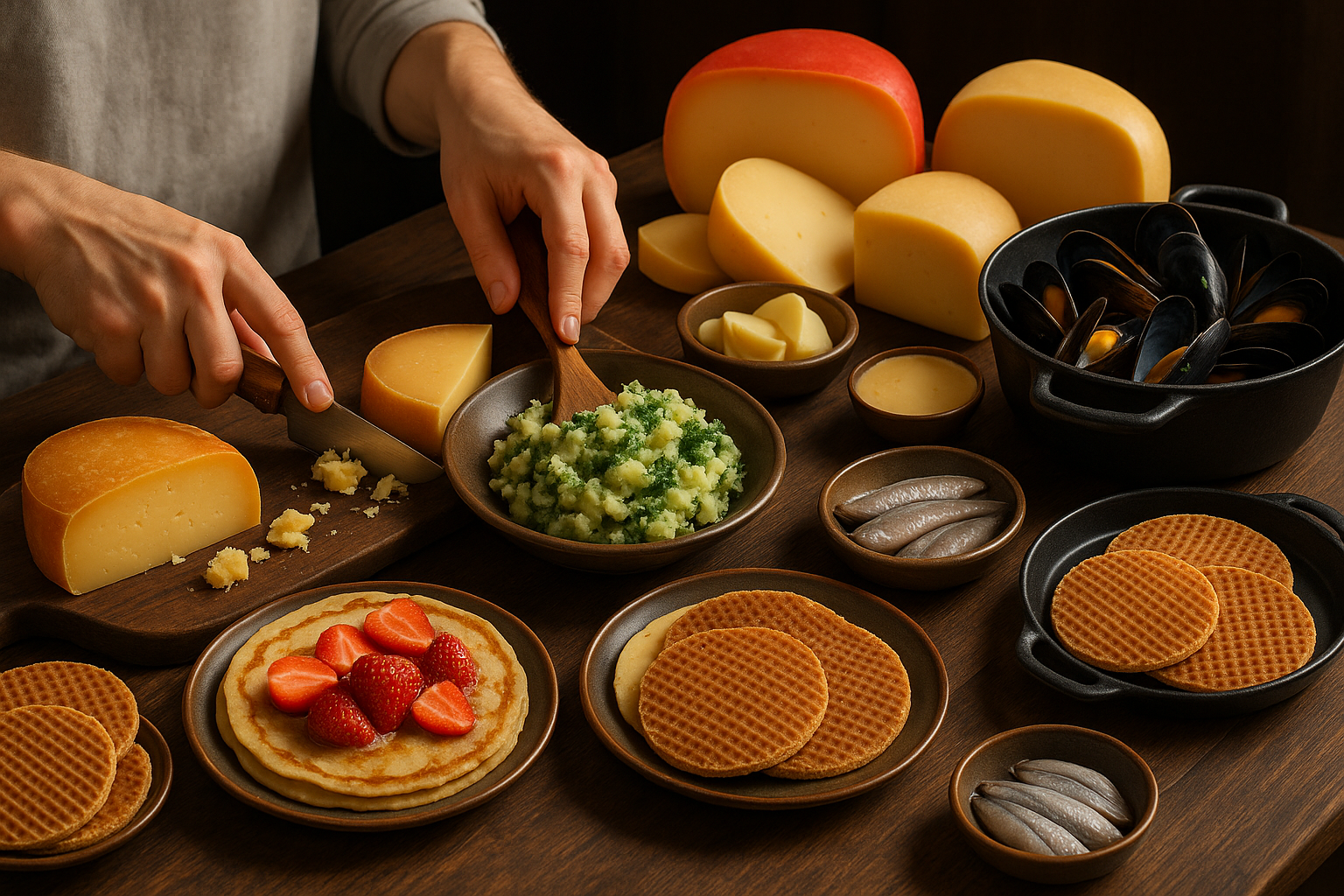Explore helpful tips on making refreshing appetizer dishes
Appetizers set the tone for any meal or gathering, offering guests a delightful preview of what's to come. Whether you're hosting a casual get-together or an elegant dinner party, mastering the art of appetizer preparation can transform your entertaining experience. From selecting fresh ingredients to perfecting presentation techniques, understanding the fundamentals of appetizer creation helps you craft dishes that are both visually appealing and delicious.

Creating memorable appetizers doesn’t require professional culinary training or elaborate equipment. With thoughtful planning, quality ingredients, and a few proven techniques, anyone can prepare impressive small plates that delight guests and spark conversation. The key lies in balancing flavors, textures, and visual appeal while keeping preparation manageable and stress-free.
Easy-to-Follow Appetizer Recipes for Beginners
Starting with simple recipes builds confidence and allows you to master fundamental techniques before advancing to more complex dishes. Classic options like bruschetta, deviled eggs, or cheese platters require minimal cooking skills yet deliver maximum impact. Focus on recipes with five to seven ingredients and straightforward preparation methods. Caprese skewers, for example, combine fresh mozzarella, cherry tomatoes, and basil with a drizzle of balsamic glaze—no cooking required. Stuffed mushrooms offer another approachable option, allowing you to experiment with various fillings while following a consistent preparation method. When selecting recipes, consider your available time, kitchen equipment, and comfort level with different cooking techniques.
Creative Ingredient Combinations That Impress
Innovative flavor pairings distinguish memorable appetizers from ordinary ones. Combining unexpected ingredients creates taste experiences that surprise and delight guests. Consider pairing sweet and savory elements, such as prosciutto-wrapped melon or goat cheese with honey and walnuts. Texture contrasts also enhance appeal—crispy phyllo cups filled with creamy spinach and artichoke dip provide satisfying variety in each bite. Experiment with global flavor profiles by incorporating ingredients like harissa, miso, or za’atar into traditional recipes. Fresh herbs, citrus zest, and quality olive oils elevate simple ingredients into sophisticated offerings. Don’t hesitate to draw inspiration from restaurant menus or food magazines, adapting professional techniques to home cooking contexts. Keep notes on successful combinations to build your personal repertoire of signature appetizers.
Step-by-Step Preparation Tips for Success
Efficient preparation transforms appetizer creation from stressful to enjoyable. Begin by reading recipes thoroughly before starting, ensuring you understand each step and have necessary ingredients and equipment ready. Mise en place—the practice of preparing and organizing ingredients before cooking—streamlines the process and prevents mistakes. Many appetizers benefit from advance preparation; items like marinated vegetables, dips, and cheese balls often taste better when flavors have time to meld. Create a preparation timeline working backward from serving time, identifying which components can be completed hours or even days ahead. For hot appetizers, consider dishes that can be assembled in advance and baked just before serving. Keep garnishes simple but intentional—a sprinkle of fresh herbs, a drizzle of quality oil, or a dusting of spices adds visual interest without complicating preparation.
Perfect Appetizers for Any Gathering
Different occasions call for different appetizer approaches. Casual gatherings benefit from finger foods that guests can enjoy while standing and socializing—think sliders, skewers, or hand-held wraps. Formal dinners may warrant plated appetizers served at the table, such as smoked salmon on blini or individual tarts. Consider dietary restrictions and preferences when planning your menu, offering vegetarian, gluten-free, or dairy-free options alongside traditional choices. Variety in flavors, temperatures, and preparation methods ensures something appeals to every guest. For larger gatherings, plan on five to eight pieces per person for appetizer-only events, or three to four pieces if dinner follows. Balance rich, indulgent items with lighter, vegetable-forward options to accommodate different appetites and preferences.
Elevate Your Entertaining Skills Through Practice
Developing entertaining confidence comes through experience and reflection. After each gathering, note which appetizers received the most positive feedback and which preparation methods worked smoothly. Build a collection of reliable recipes that you can execute confidently, then gradually introduce new dishes to expand your repertoire. Invest in quality serving platters, boards, and small plates that enhance presentation—attractive display elevates even simple dishes. Practice plating techniques by arranging appetizers thoughtfully, considering color contrast, height variation, and spacing. Learn to gauge quantities accurately to avoid excessive leftovers or running short. Consider taking a cooking class focused on appetizers or small plates to learn professional techniques and gain inspiration. Most importantly, remember that entertaining should be enjoyable for the host as well as guests—choose recipes that allow you to spend time with visitors rather than remaining isolated in the kitchen.
Conclusion
Mastering appetizer preparation enhances your ability to host memorable gatherings while expressing creativity through food. By starting with easy-to-follow recipes, experimenting with creative ingredient combinations, and implementing efficient preparation strategies, you develop skills that serve you across countless entertaining occasions. Whether preparing simple cheese boards or elaborate passed hors d’oeuvres, the principles of quality ingredients, thoughtful presentation, and advance planning remain constant. As you gain experience, you’ll discover which recipes suit your style and which techniques feel most comfortable, building confidence that transforms entertaining from obligation into pleasure.


